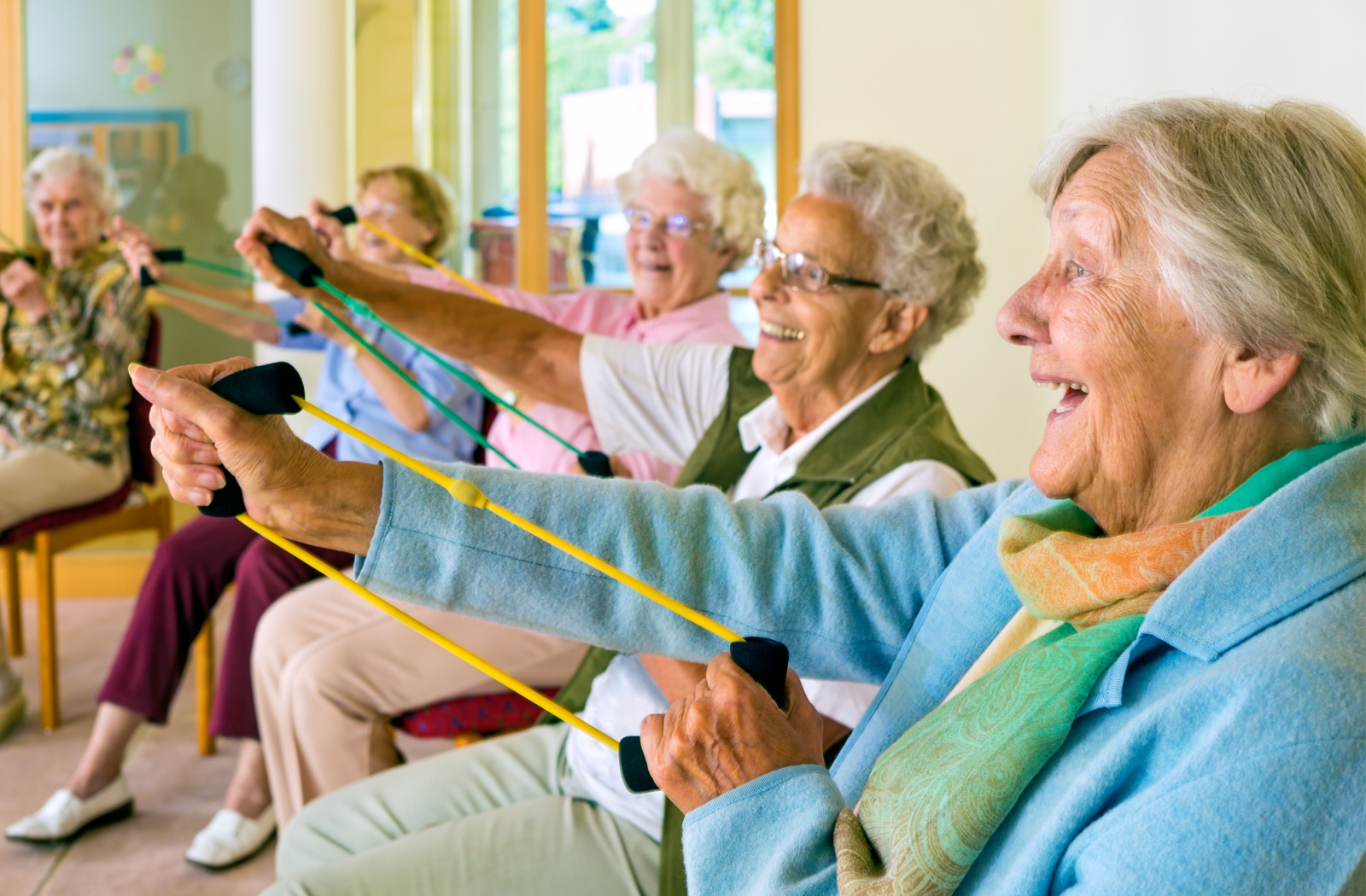Caring for your parents is a profound responsibility that can be challenging. It requires compassion, patience, adaptability, and understanding and can be made much harder when mobility problems come into the situation. When mobility becomes a challenge for our loved ones, it presents a unique set of circumstances that need special care and support.
Caring for an elderly parent who can’t walk can be difficult. By understanding their challenges and presenting solutions, like home modifications or assistive devices, you can help care for your parent and give them the care they need.
However, it’s important to do what you can to avoid caregiver burnout—sometimes, you may need to seek professional help, like that offered with hospice care.
Understanding the Challenges of Mobility Problems
Caring for someone who can’t walk starts in one place: listening to their thoughts and concerns. By understanding the frustrations and challenges they face in their day-to-day life, you can approach giving them the care they need with understanding and empathy. It’s important to be sensitive about their thoughts or feelings, be open while listening, and make sure they feel heard.
They may be dealing with pain, physical discomfort, or emotional frustration due to mobility problems. An inability to walk can even lead to social isolation, as mobility difficulties can cause a person to isolate themselves or have difficulty visiting others. It’s important to offer a supportive environment to validate their feelings and acknowledge their challenges so you can design a plan to provide appropriate care.
Mobility Devices for Seniors With Difficulty Walking
One of the accessible ways you can help care for a parent with mobility problems is to use an assistive mobility device. These are devices designed to help provide mobility and enhance the lives of those that need them. They range in several types and sizes, like:
- Canes
- Walkers
- Wheelchairs
- Mobility scooters
These devices are an excellent way to return a level of independence to seniors struggling to walk alone. It helps to discuss the options with your loved one and ask the advice of a medical professional. This can help you identify a suitable option for your loved one.
Consider Home Modifications
Your parents’ environment significantly affects their overall quality of life. It helps to plan ahead to adjust the environment accordingly. By modifying their environment to suit their needs, you can significantly change their daily lives.
There are several modifications you can make, like:
- Wheelchair ramps
- Handrails for staircases
- Grabbable bars in the bathroom or areas where they may be at risk of falling
- Ensuring suitable lighting
- Removing tripping hazards
- Rearranging furniture to suit their mobility
- Installing non-slip mats in areas they commonly move around
By making changes like this, you can help your parents feel comfortable in their home and improve their overall quality of life.
Stress the Importance of Exercise
Regular exercise provides all kinds of benefits to seniors, especially those suffering from mobility problems. Seniors need a certain level of exercise to remain physically healthy. They should perform roughly 150 minutes of moderately-intensive exercise a week, along with some balance exercises. This can help maintain their physical health and reduce the risks of falling or tripping.
However, mobility problems can make it difficult for seniors to exercise regularly. Fortunately, there are exercises they can still perform safely to maintain their physical health, like:
- Stretching while sitting in a chair and flexing joints to reduce stiffness
- Knee raises
- Resistance bands or light weights to help maintain muscle mass
- Water exercises to reduce resistance on the body
- Gentle torso twists to maintain flexibility in the back
It’s important to consult with your parents’ medical professional so they can exercise safely and healthily.
Transportation
One of the most significant complications caused by mobility problems is its effect on transportation. If your parents require mobility devices like a scooter or wheelchair, they may be unable to use most cars or vehicles due to the extra devices or space needed.
In situations like this, it helps to research vehicles that suit your loved one’s needs. If they need a wheelchair for mobility, there are vans with lifts designed to help move the chair into the vehicle. If they need a cane or walker, it may help to see if a vehicle lower to the ground is easier for them.
It also helps to research transportation services in your area. Often, some programs or groups focus on assisting seniors in navigating the area they live in. There may be volunteers or a paid program where you can schedule transportation ahead of time to help your parents run their errands, get to important events or appointments, and visit their loved ones.
Professional Help for Parents Who Can’t Walk
When it comes to caring for an elderly parent with mobility problems, it can be emotionally and physically taxing. While you want to care for them and give them everything they need, it sometimes may be too much for one person—it’s important to do what you can to avoid developing caregiver burnout.
In situations like this, it’s important to seek professional help. At Del Corazon Hospice, we offer a high level of care for our residents, and our team is trained to deal with the complications caused by mobility problems. Contact us today to experience the care and compassion we treat every person with.



